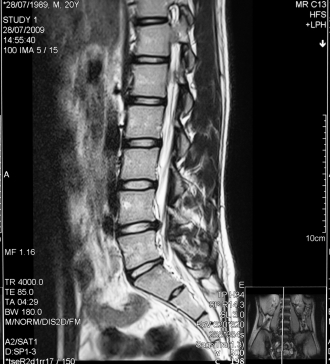Exercising with Pain
Its resolution time again. For most people, getting in shape is probably at the top of the list. Usually this means hard work in the gym and eating healthier. But what if you’re in pain? Sometimes it’s difficult to make gains because a painful condition is getting in the way. The following suggestions might give your resolution a fighting chance…
Injuries Need to be Diagnosed
Has your condition been diagnosed? – It always surprises me how many people come to the clinic with conditions that they’ve had for a long time yet haven’t been diagnosed. This is the starting point for any recovery process. Your medical doctor or your chiropractor can diagnose your condition for you. They have been trained to know when and if advanced tests or imaging is necessary. The same way you would want your mechanic to know what is wrong with your car before making any changes, your condition should be diagnosed before anyone tries to fix it.
Don’t Exercise Through Pain
Have you eliminated the activities that are exacerbating your condition? – Some chronic injuries persist because the causative factor hasn’t been removed. For example, a runner with plantar fasciitis may not be helping their condition by continuing to run on it. Taking some time off and cross training may give an injury the adequate rest it needs to heal. This doesn’t mean that you have to stop exercising, it just means you need to make some different choices for a while. You can’t always expect a painful area to recover if you continue doing the activity that caused it in the first place.
Treatment for Injuries
Have you tried different treatments? – There’s a reason that different treatment options and different health professions exist. If you have found that a certain treatment hasn’t fixed your injury, it doesn’t necessarily mean that the condition isn’t fixable. Trying a different approach may be helpful. In our practice we have “different tools in the tool-belt”. If a patient doesn’t respond to a particular treatment, we learn more about their condition in the process and make appropriate recommendations based on what we have learned. At Burlington Sports Therapy and Evolution, we have many different treatment options available. Chiropractic, Physiotherapy, Athletic Therapy, Acupuncture, Massage Therapy, Active Release Technique, Graston Technique and Laser Therapy are all great options!
Physiotherapy Exercises
Are you continuing with your homework? – Usually, a health practitioner will give you recommendations for exercises or strategies at home to help with your injury. Did you follow through with them? Do you still know those recommendations? Were you given stretches? Strengthening exercises? Were you told to regularly ice your condition?
Knee Braces, Ankle Braces, Wrist Braces etc.
Have you tried different devices? – There are many assistive devices available for different conditions. Some common options include a good lumbar support for your desk chair, a knee brace (depending on the diagnosis), night splints for carpal tunnel syndrome, a new pillow for your neck pain, orthotics, over the counter insoles or different shoes for your foot pain, a new keyboard or mouse for your workspace or gripping straps for certain exercises at the gym. Although there are many gimmicks out there, your practitioner may be able to assist you in trying something that has shown to be beneficial for your diagnosis.
Personal Training
Are you exercising properly? – As mentioned above, you may be doing exercises that are exacerbating your condition. Thankfully our practice is affiliated with some great personal trainers. If you need help, a personal trainer would be able to check your technique and show you exercises that suit you and your resolution goals.
Hope that helps! Good luck with your resolutions! info@burlingtonsportstherapy.com
Disclaimer https://burlingtonsportstherapy.com/blog/disclaimer/









